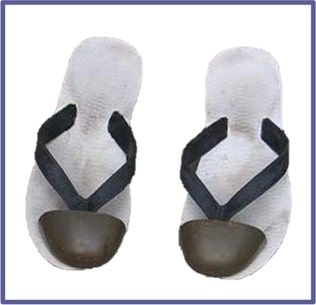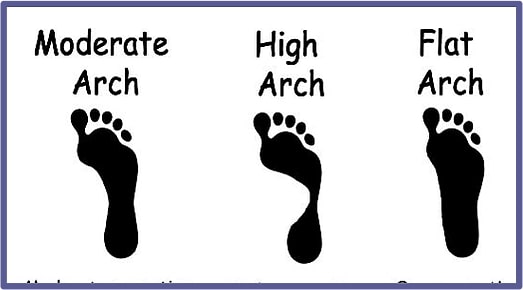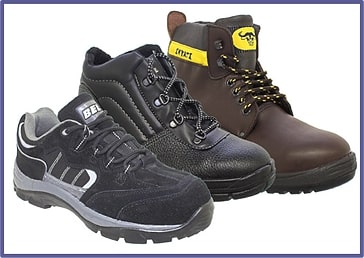Could your safety footwear be doing you more harm than good? The good, the bad and the downright scary facts on safety footwear – how to be safe and avoid injury.

Crush injuries to the foot are a common workplace injury and a significant cause of morbidity, disability and lost wages. Many regulatory bodies recommend the use of safety footwear in certain occupations to help protect against these occupational hazards. However safe footwear is not just about a “steel cap.”
The entire show should provide support and protection for the worker. Therefore it is essential that the shoes worn are of good quality and maintained in excellent condition, otherwise you may find that your footwear causes more injuries that they protect you from.
A very minimum requirements is that safety footwear should be:
- suitable for the work
- maintained in good condition
- soles not worn out, split or cracked
- protective caps not showing
- uppers not ripped or cut
- worn correctly
For workers who are regularly on their feet, footwear can be the most important piece of equipment they use. Inappropriate or low quality footwear has been shown to contribute to foot pain and conditions such as plantar fasciitis, metatarsalgia and Morton’s (and other) neuromas.
Inadequate support for the ankle with an increased sole thickness (especially under the heel) has also been linked to increase rate of ankle and foot sprain.
As your feet provide the base of support for your entire body your footwear can also impact on other areas of your body. Shin, knee, hip and back pain can all be caused and aggravated by poor safety footwear.
Cushioning
Safety footwear that has optimal cushioning or has an additional cushioning insert has been shown to reduce foot, knee and back pain considerably compared to footwear with less cushioning (1).
Arch Support
The level of arch support you need depends on the type of foot you have. A simple way to tell the type of foot you have is the footprint test. Next time you have bare feet near water check what kind of footprint you leave behind after stepping onto your foot with your full weight.

Flat Arch: or Pes Planus feet are by far the most common foot type. They usually have increased pronation or rolling inwards of the foot, which causes the arch to fall. Repetitive arch fall causes increased strain on the tendons and ligaments of the foot. People with flat arches also tend to suffer from knock knees especially while they are walking or running. This is due to the increased rolling in of the shin and knee as it follows the fall of the arch.
The inward rolling of the shin and knee causes ankle and shin pain, knee and hip pain, lower back problems and strains of the muscles and tendons. This problem is compounded when workers lift heavy loads as the rolling in is exaggerated and injury is more likely to occur.
Safety footwear should have a good arch support that feels supportive yet comfortable. Some people should consider wearing additional innersole arch supports or orthotics. These should be taken and used when trying on safety footwear as you may have to buy a slightly bigger size to accommodate your innersoles.

Ankle Support
Another important joint that requires support is the ankle. Lack of sufficient ankle support in safety footwear can cause similar problems to a lack of arch support. For optimal ankle support workers should consider laced boot style safety footwear over shoes or elastic sided boots.However boots can only provide effective support if they are worn correctly. They should be laced and tied snugly around the foot.
Summary

Look for safety footwear with the maximum available cushioning
- Look for shoes that provide arch support and don’t allow a flat foot position
- Consider footwear that supports the ankle
- Ensure you have enough room to wiggle your toes and that the steel caps do not push down and cause compression on your toes and forefoot
- Ensure the sole of the safety footwear has adequate grip and remember that you may be walking or stepping onto uneven or wet/slippery surfaces
- Keep your safety footwear in good condition to provide optimal protection
- Wear your safety footwear correctly
(1) Workplace Health Saf. 2013 Oct;61(10):451-7. doi: 10.3928/21650799-20130916-11. Epub 2013 Sep 23.
